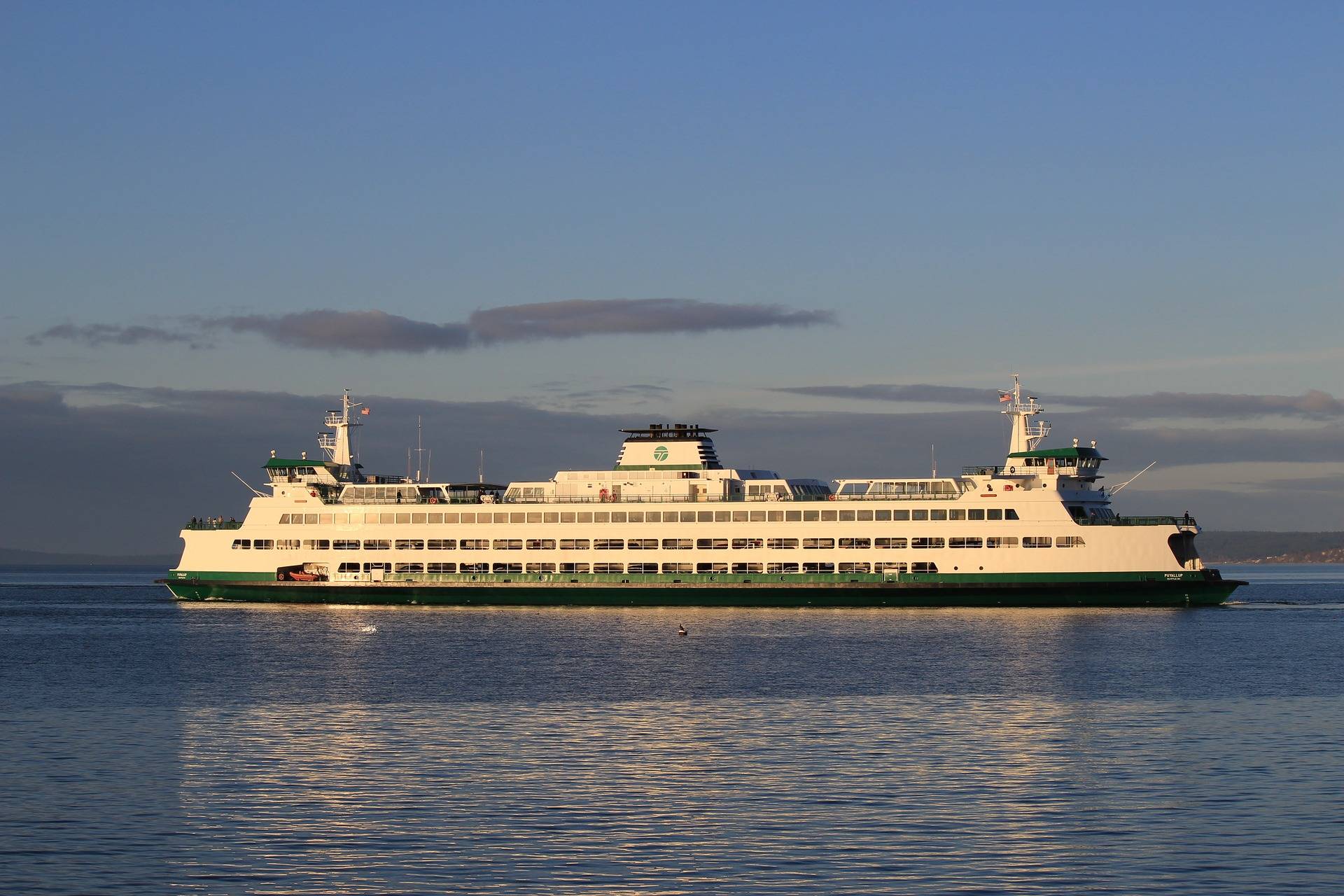A proposed 5 percent rise in ferry fares over the next two years is likely to ensure the continued operation of the aging vessels. An increase of 2.5 percent is anticipated this October and next to help fund the more than 50 percent operations cost for the 23 ferries — soon to be 22, with Hyak retiring in June — in the state’s fleet.
“We’re growing,” Washington State Ferries senior planning manager Ray Deardorf said.
According to Deardorf, the San Juan route is at record ridership, with the number of passengers rising by 1.5 percent over the past year.
Following a similar format to the meeting held on Orcas on May 15, Deardorf explained the department’s long-term plan, the need for new ferries and the proposed fare increase.
Projects along the San Juan Islands route that are needing to be done, according to Deardorf, include building a new terminal at Anacortes, converting the second slip at Friday Harbor to another drive-on slip and instilling reservations from Lopez to Anacortes. All of these proposals combine with Legislature-regulated revenue targets to define what fare is suggested by WSF to the Washington State Transportation Commission.
The Legislature directed the Transportation Commission to add a vessel replacement surcharge beginning May 1, 2020. This charge is not set to increase any more than 10 percent and may only be used for construction or purchase of ferry vessels.
Bicycle surcharges in 2018 brought in a total of $458,000 in revenue for WSF; the San Juans was the highest earner. Deardorf added, however, that the department is considering eliminating those charges as a way to promote multimodal transportation and encourage fewer drive-on passengers.
Two proposed options of alternative revenue collection include the ORCA LIFT pilot program which would offset transportation costs for low-income residents — cutting the fare for that rider in half. An estimated 2.6 percent of all ferry trips would qualify for the program, according to WSF. That would result in a 1.3 percent annual revenue loss — approximately $2.4 million.
The other option is the Good To Go! pilot program which is a single account-based system similar to what is used on toll roads in the state. The goal of this program is to increase throughput at toll booths.
Reservation no-show fees may be raised to 100 percent of the one-way fare as a way to limit the absences, Deardorf said.
“Some people will make multiple reservations and don’t bother to cancel them,” Deardorf said. “That leaves space available that could be used by someone else.”
Deardorf then listened and responded to public comments on the proposed fare increase and other troubles islanders are having with the ferry system including frustrations with the Sidney run; no discounts for locals; and discrimination of residents because they drive their cars aboard the ferries as opposed to walking or biking on, therefore they are subject to fare increases.
Deardorf said the next step in the fare discussion is a final ferry advisory committee meeting on tariffs in June, followed by a proposal to the transportation commission on June 18 or 19, taking public comments on the proposal in July and August and then enacting the fare increase in October.



